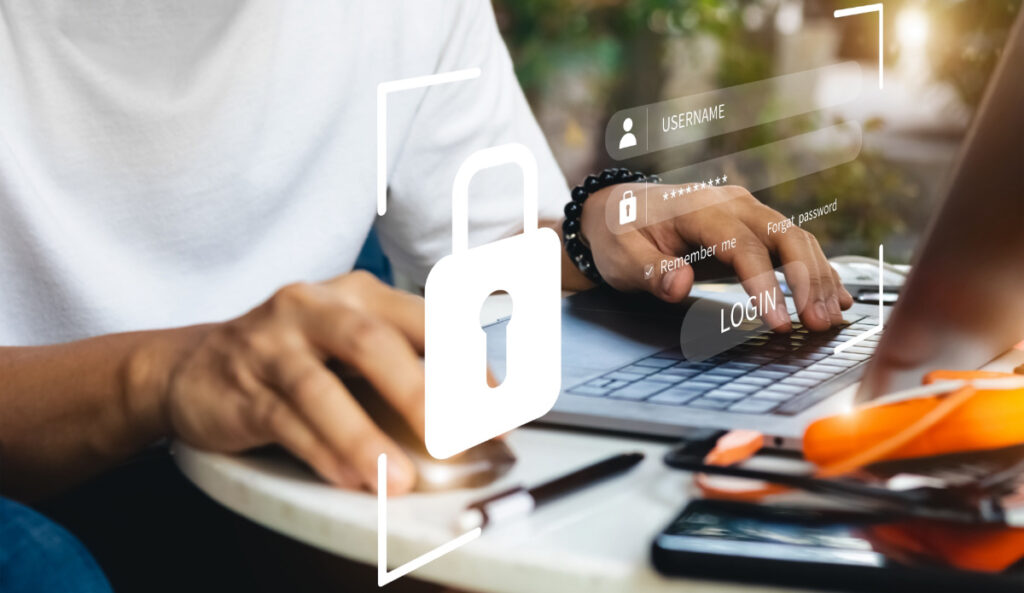What is cybersecurity?

With the ability to shop, bank, create a social profile, schedule doctor’s appointments, and more, the online world can hold a surprising amount of your personal information. Cybersecurity is the act of protecting your personal and private information from theft or damage.
For individuals, increasing your cybersecurity — and keeping your information safe — can be done through a few simple and easy techniques.
Choose strong passwords — and don’t share them
When choosing a password, don’t pick something that others might easily guess, like a birthday or a pet’s name. Instead, your password should be a mix of alphabetical and numerical characters, as well as uppercase and lowercase letters. It should also be at least eight letters long.
If you use the same password for everything and one website becomes compromised, then all of your passwords are at risk. In order to avoid this, you should try to have different passwords for each website you use.
One of the easiest ways to keep your password secure is simply by not sharing it with others. That also means keeping it out of sight — so don’t write your list of passwords down on a sticky note or in a notebook. There are online password management options, like LastPass and 1Password, but you can also place your login information in an unmarked folder in a filing cabinet or a locked drawer.
Consider Two-Factor Authentication
Two-factor authentication adds a convenient layer of cybersecurity by ensuring you are the one accessing your account. This is done just how it sounds: by requiring two different authentication factors at login.
Oftentimes, two-factor authentication will send a code to an email address, phone number, or secure app. You can then input that code during the login process. The codes are typically timed and expire after a few minutes, so if someone were trying to log into your accounts with malicious intent, they would need access to your phone and/or other accounts in order to do so.
Keep in mind, however, that two-factor authenticators are only as strong as their weakest link — so it’s important to make sure all of your accounts and devices are as secure as possible in order for this system to work best.
Know what threats to look out for
For individuals, phishing attacks are one of the most common threats. In these scenarios, someone will email you pretending to be a reputable or recognizable source. They’ll then ask for personal or identifying information that would give them access to your accounts. They may even ask for you to wire or send them money directly.
In order to avoid falling for this type of scam, you should always triple-check email address. Additionally, don’t give out any personal information over email, and don’t click on any suspicious URLs or file attachments.
Cybersecurity resources
Navigating the internet can be tricky, and even more so when the threat of cyber attacks is always looming. Here are a few resources that can help you stay up-to-date on best cybersecurity practices:
More Resources

What is cybersecurity?
